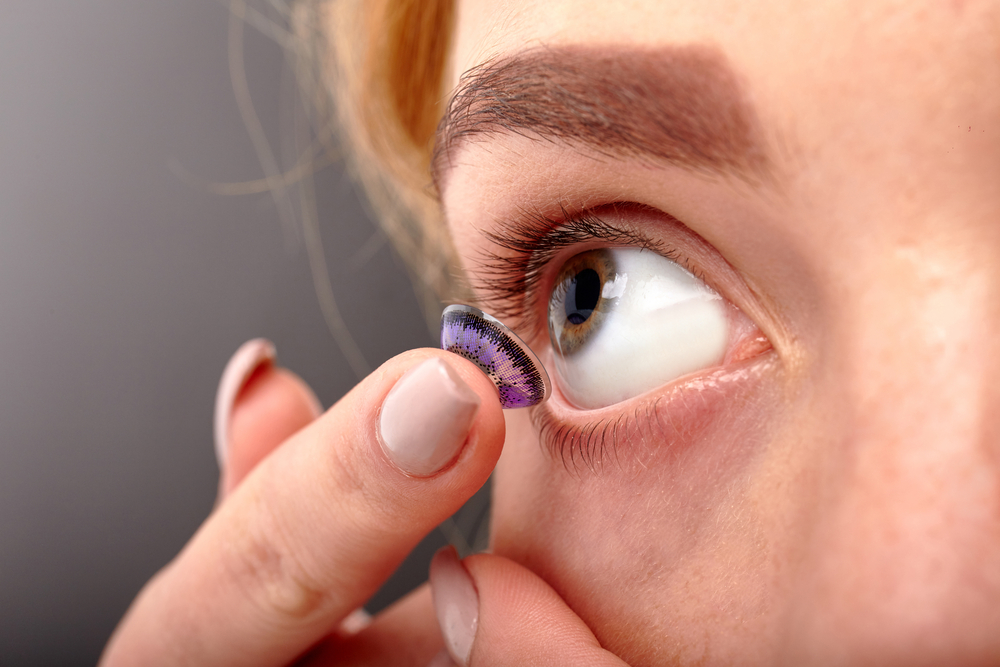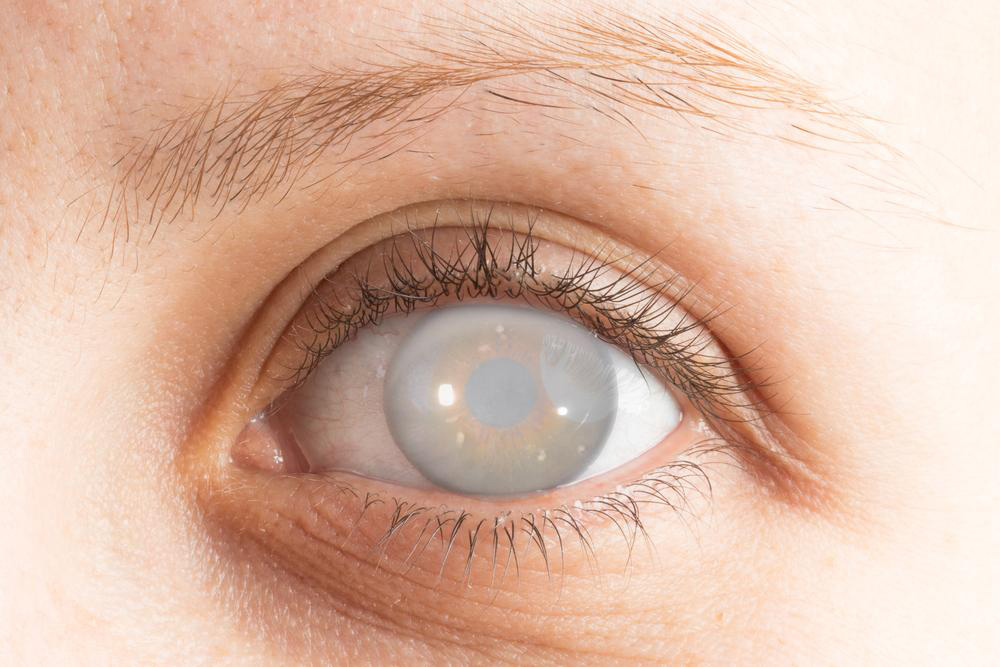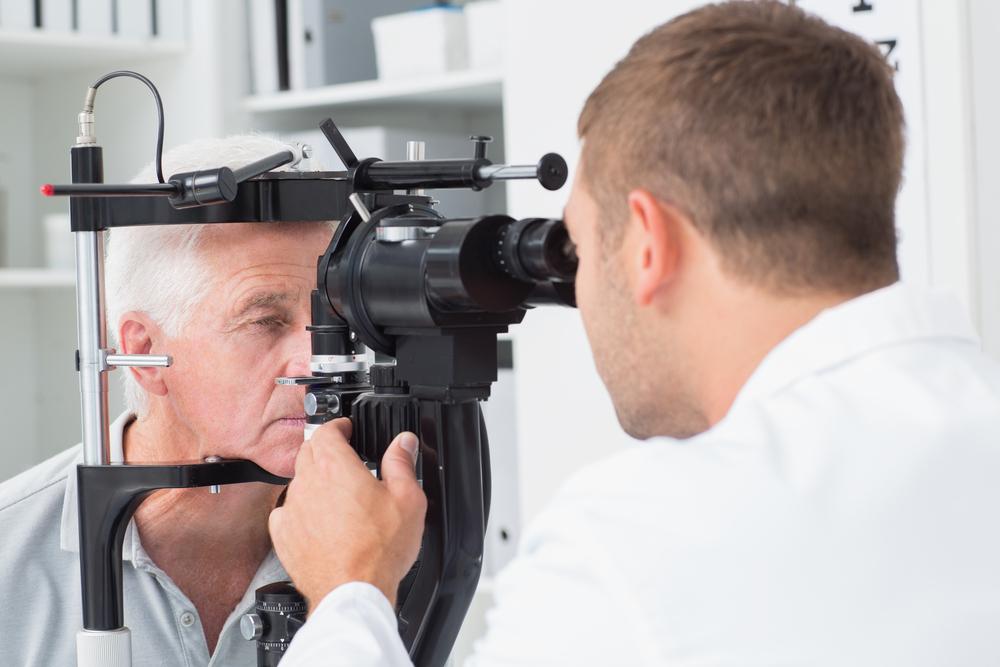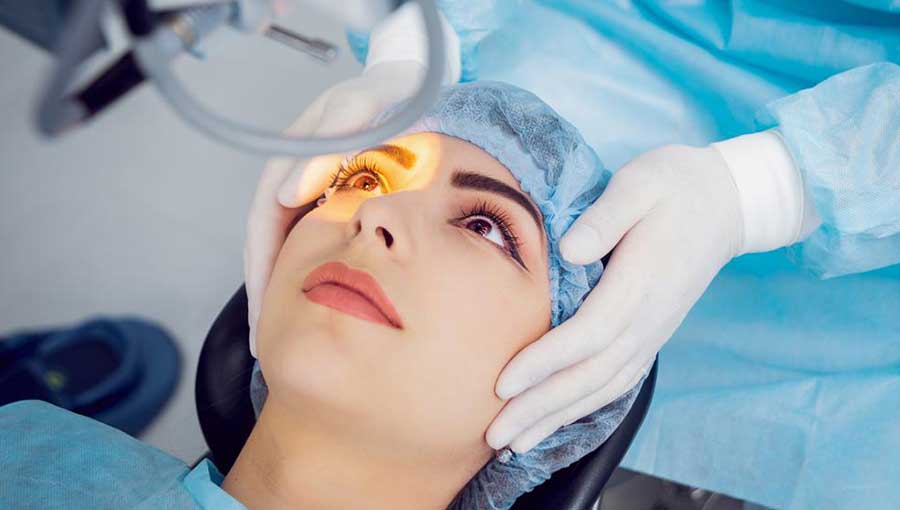Your Complete Guide to Modern Cataract Treatment Options
This comprehensive guide explores modern cataract treatment options, including laser-assisted surgery, costs, early symptoms, and potential complications. It provides detailed insights into the latest advancements in ophthalmology, helping patients understand their choices for restoring clear vision. Whether you’re considering surgery or managing early symptoms, this article offers valuable information about procedure risks, benefits, and recovery tips, empowering those affected by cataracts with knowledge about one of the most common and treatable eye conditions.
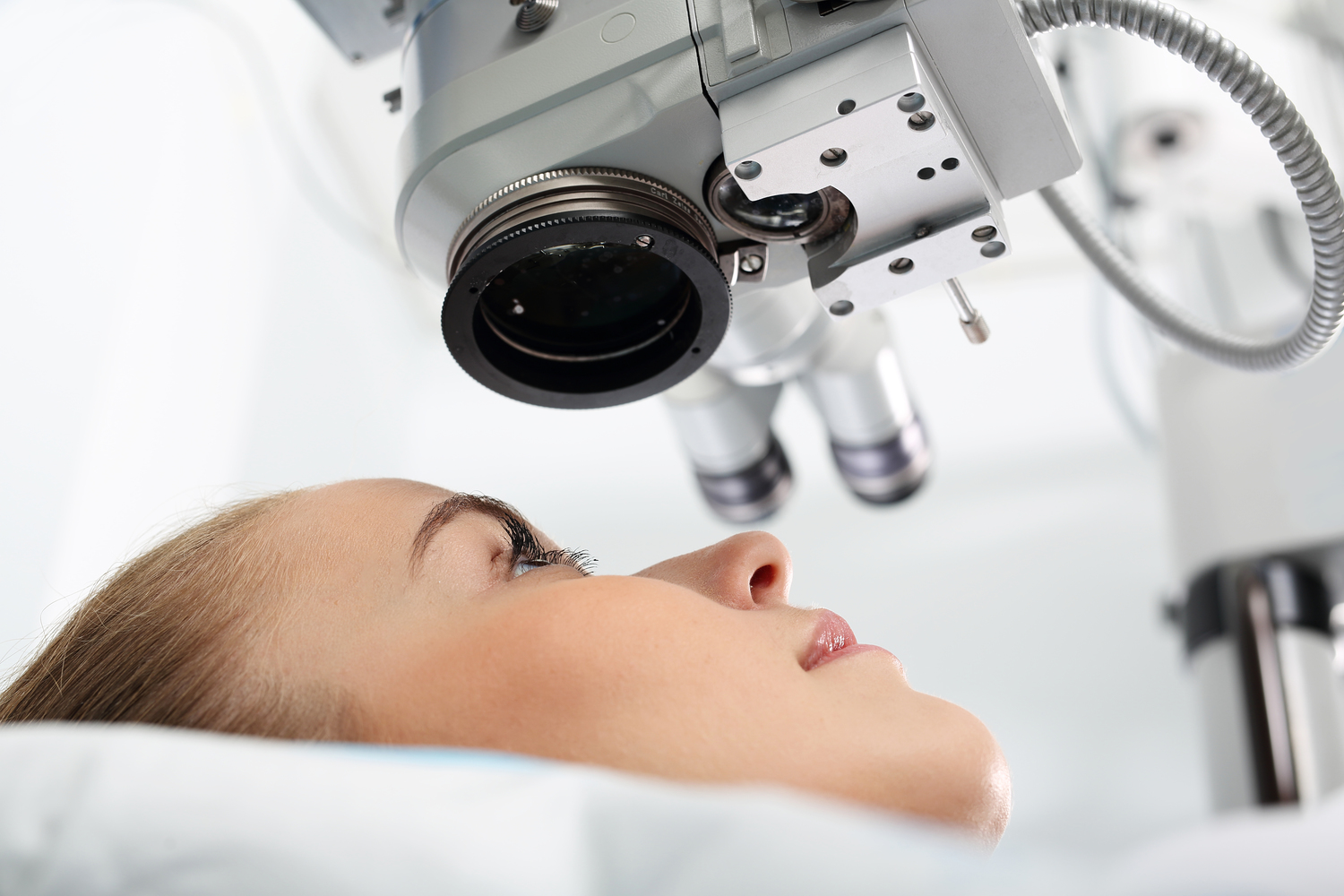
Exploring Effective Methods for Cataract Treatment
C@t@r@cts are characterized by the gradual clouding of the eye's natural lens, which hampers light transmission and results in blurred or distorted vision over time. While cataracts are most commonly associated with aging, they can also affect younger individuals in their 30s and 40s, influenced by factors such as eye injuries, side effects from certain medications, inflammatory conditions, or underlying health issues like diabetes mellitus. Normally, our eyes are capable of providing clear, sharp vision; however, many people depend on corrective measures such as glasses, contact lenses, or surgical interventions to enhance visual clarity. Importantly, cataracts remain the leading cause of treatable visual impairment worldwide, making effective management and treatment vital.
Modern advancements in eye surgery have introduced laser-assisted techniques that significantly improve the safety, precision, and outcomes of cataract removal.
What is Femtosecond Laser Cataract Surgery?
Traditional cataract extraction relies heavily on manual microsurgical tools, demanding a high level of skill and precision from the surgeon.
Femtosecond laser technology automates critical steps of the procedure, allowing for highly precise incisions and lens fragmentations.
This innovative approach minimizes mechanical trauma to the delicate ocular tissues, reducing postoperative discomfort and speeding up recovery.
The laser’s consistency ensures that key surgical steps—such as corneal incisions, capsulotomy, and lens fragmentation—are performed with unparalleled accuracy.
Enhanced laser precision often leads to better visual outcomes and fewer complications.
High-precision microinstruments carefully break apart and aspirate the opacified lens material.
Post-removal, a custom-fitted intraocular lens (IOL) replaces the natural lens, restoring vision. Modern IOLs come in various types, including standard monofocal lenses and premium options with advanced features like multifocality and astigmatism correction.
Understanding Cataract Surgery Costs Without Insurance
In many healthcare systems, government programs like Medicare or private insurance plans often cover a significant portion of surgical costs.
For patients paying out-of-pocket, expenses can vary widely depending on the procedure’s complexity, technology used, and geographic location, often comparable to elective surgeries such as refractive lens exchange (RLE).
Refractive lens exchange involves replacing the lens preemptively to correct refractive errors and prevent future cataract development.
The average cost per eye for RLE ranges approximately between $3,600 and $5,900, depending on customization and lens type.
Early Indicators of Cataracts to Watch For
Fading or blurred vision that develops gradually
Increased sensitivity to glare and bright lights, especially at night
Difficulty navigating in low-light conditions
Double vision in one eye or ghosting of images
The need for brighter illumination to read comfortably
Yellowing, opacity, or dullness in color perception
Initial Steps to Manage Early Cataract Symptoms
Updating prescription glasses can provide temporary vision improvement.
Using additional lighting enhances reading and close-up work.
Wearing anti-glare sunglasses minimizes discomfort caused by glare.
Magnifying lenses can assist with distance and near vision tasks.
Potential Complications of Cataract Surgery and Their Management
Infection post-surgery may cause redness, pain, and increased light sensitivity, requiring prompt treatment.
Retinal detachment, although rare, can lead to significant vision loss if not managed swiftly.
Intraoperative fragments or residual lens material might cause future issues such as inflammation or secondary cataracts.
Blood vessel leaks within the retina may result in fluid accumulation, impairing overall vision quality.
The Traditional Method of Cataract Removal
This time-tested surgical technique involves extracting the clouded natural lens and replacing it with a synthetic intraocular lens.
Known for its safety, effectiveness, and widespread availability, this method remains a primary approach to treating cataracts worldwide.
